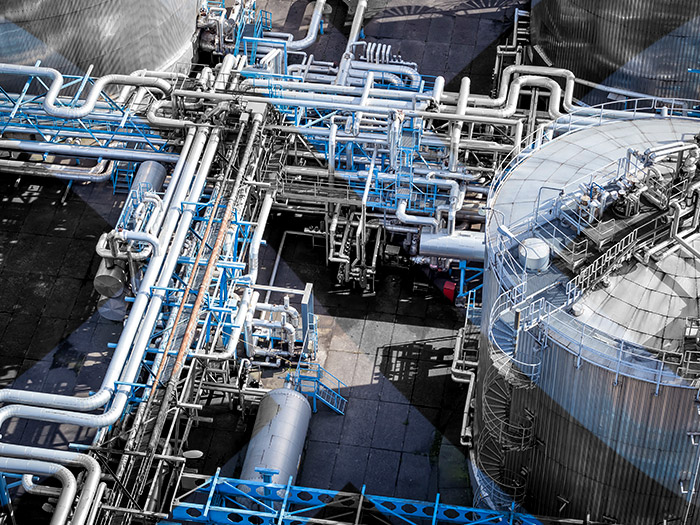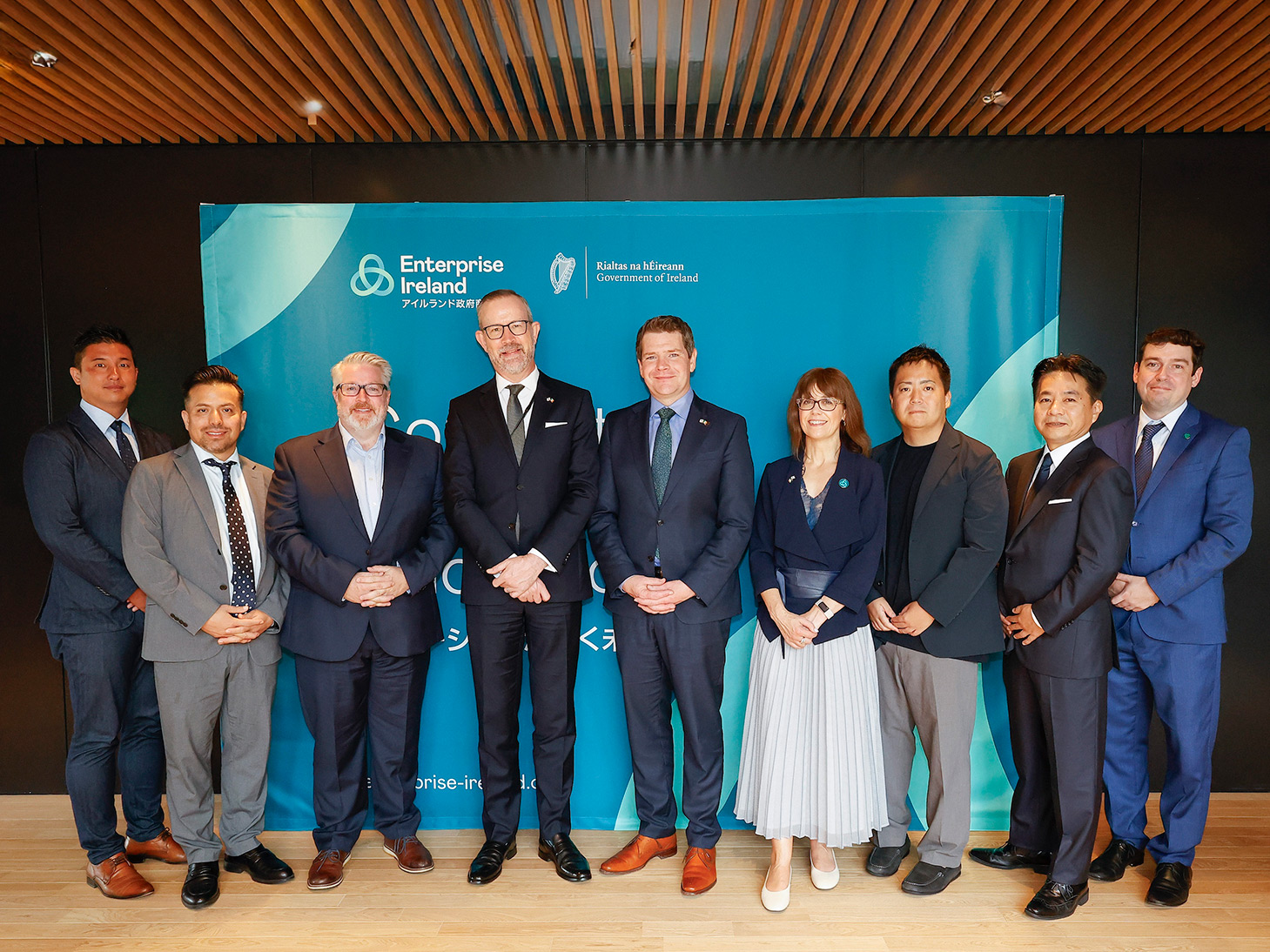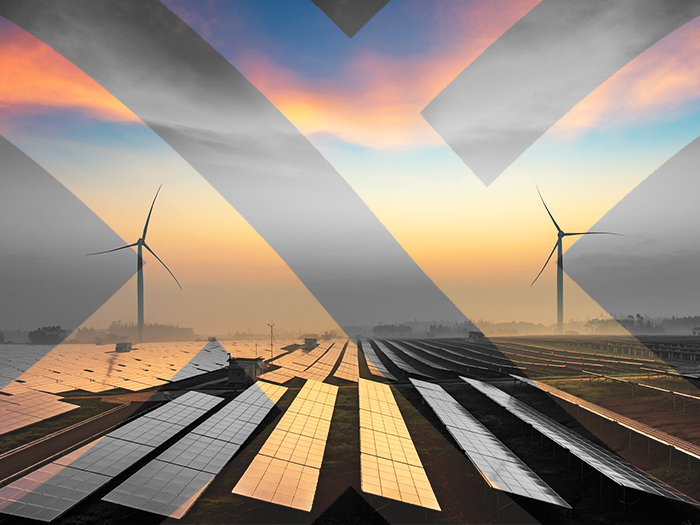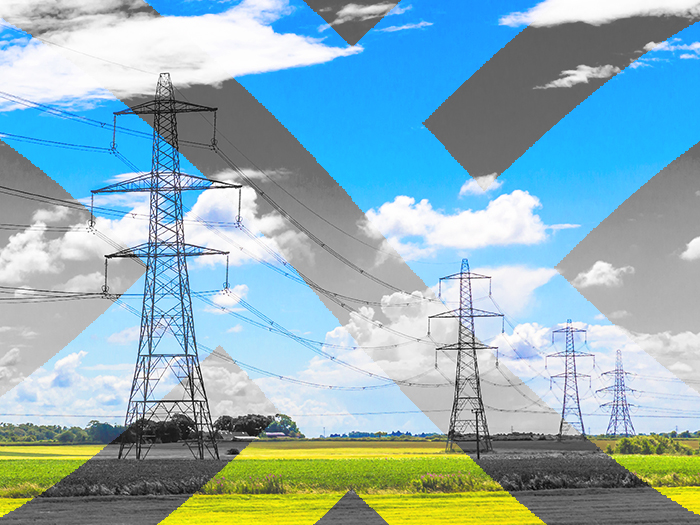News
better business decisions
Posted 3 years ago | 13 minute read

COP26 guidebook
Introduction
At GridBeyond, we see a world in which energy resources are used efficiently and sustainably. Our vision is to build a shared energy economy that delivers sustainability, resilience, affordability and adaptability through energy intelligence and connectivity. Our mission is to help solve the problems that get in the way by transforming how the world produces, distributes, consumes and finances energy, through continued collaboration and innovation.
With COP26 fast approaching (31 October 2021 – 12 November 2021), we have put together a quick guide to the upcoming conference, things to watch for and asked our experts what they think is the biggest single change policy-makers can make to reach net zero.
What is COP26 and why does it matter?
The 2021 United Nations Climate Change Conference, also known as COP26, is the 26th United Nations Climate Change Conference. It is scheduled to be held in the city of Glasgow, Scotland, between 31 October and 12 November 2021, under the joint presidency of the United Kingdom and Italy. Delayed by a year because of the coronavirus pandemic, this round of talks has been billed as the most important climate talks since the Paris Agreement was signed in 2015.
In 2015, in Paris, nearly 200 countries agreed to collectively cut emissions to limit global temperature rise “well below 2°C” and strive for 1.5°C. To meet this goal, every country set out targets for doing so by 2025 or 2030 (known as nationally determined contributions (NDCs)). This approach allowed governments to decide how fast to decarbonise their economies.
But it is estimated that the plans submitted to-date (if implemented in full) will lead to 2.4°C warming by the end of the century. As such, at COP26, the UK as hosts are aiming to mobilise a step up in climate ambitions and actions to limit global temperature rise to 1.5°C. That means curbing emissions deeper and faster, adapting to a new era of climate impacts and scaling up the financial support developing nations need to build low-carbon and resilient economies.
More than 120 world leaders will gather in the first few days before leaving the detailed negotiations to representatives, ministers and senior officials.

What are the key agenda points?
The UK announced four themes of focus for COP26. These are:
- Secure global net zero by mid-century and keep 1.5 degrees within reach
Countries are being asked to come forward with ambitious 2030 emissions reductions targets that align with reaching net zero by the middle of the century.
Parties are to submit new Nationally Determined Contributions (NDCs) every five years. As it has been five years since the Paris Agreement entered into force, Parties will outline how much they intend to further reduce emissions. Each NDC submission should be more ambitious than the last; this is referred to as the “ratchet mechanism”.
- Adapt to protect communities and natural habitats
The UK is urging countries to work together to enable and encourage countries affected by climate change to protect and restore ecosystems build defences, warning systems and resilient infrastructure and agriculture to avoid loss of homes, livelihoods and even lives.
Discussions will likely revolve around the loss and damage mechanism where compensation is paid when a Party cannot adapt to the impacts of climate change, resulting in the loss of land, livelihoods and associated cultures.
- Mobilise finance
To deliver on our first two goals, the UK is urging developed countries to make good on their promise to mobilise at least $100bn in climate finance per year by 2020, addressing the missed target to support poorer countries tackle climate change.
- Work together to deliver
The UK is urging parties to finalise the Paris Rulebook (the detailed rules that make the Paris Agreement operational) and to accelerate action to tackle the climate crisis through collaboration between governments, businesses and civil society.
Other likely agenda points include:
- The rules for carbon markets: This agenda item has been brought forward from previous COPs. The rules will govern how emissions are traded between states and companies.
- Nature-based Solutions (NbS): This is an idea where ecosystems and agricultural practices could, with the right support, provide climate solutions for absorbing CO2 from the atmosphere.

Calls from industry
In the run up to the event stakeholders from all parts of the energy value chain have been setting out considerations for policy-makers and negotiators.
More than 90 wind energy companies have called on governments to “get serious” on energy transition and work with the private sector. The Global Wind Energy Council said recent volatility in energy markets shows the importance of moving to a clean and sustainable future. It calls for urgent actions including the implementation of sensible permitting schemes, voluntary cooperation on carbon pricing and increased wind power ambition reflected on updated Nationally Determined Contributions.
In a statement, Allied for Climate Transformation by 2025 (ACT2025), says that the Glasgow conference will be a “decisive, no-turning-back opportunity” not only in achieving Paris Agreement goals, but in setting the groundwork for real action in places most at risk.
“Success at Cop 26 can only be achieved if developed countries and major emitters demonstrate genuine leadership and show credible commitment to transformative change, and real cooperation and solidarity with climate-vulnerable countries to solve the climate crisis”, it said.
The World Health Organisation (WHO) outlines the “many and inseparable links between climate and health”. It said the pandemic has “shone a light on the intimate and delicate links between humans, animals and our environment […] the same unsustainable choices that are killing our planet are killing people.” WHO calls on all countries to commit to decisive action at COP26 to limit global warming to 1.5°C – “not just because it’s the right thing to do, but because it’s in our own interests.”
In addition, an open letter, signed by over two thirds of the global health workforce – 300 organizations representing at least 45 million doctors and health professionals worldwide, called for national leaders and COP26 country delegations to step up climate action.
The World Green Building Council calls for collaboration amongst all actors in the development of a framework of principles. These principles should be adapted and verified at a local level to align with the 1.5° emissions trajectory and the United Nations´ Sustainable Development Goals (SDGs), and be applicable to all asset types, to be co-created, agreed, and universally pursued. It says that the built environment – buildings and infrastructure – must be on a clear path to decarbonise at the latest by 2050 and have made significant progress by 2030. The World GBC network calls on the built environment industries for collaboration and alignment in ambition across all asset types and in all places to accelerate the transition.
The Global Cement and Concrete Association called on governments, designers and contractors to fully play their part by assembling the right public policies and investments to support the global scale transition of the industry. These include greater development of critical technologies such as carbon capture and storage, and reforms to public works procurement policy to encourage the use of low-carbon cement and concrete products. Public policy reforms and the promotion of low carbon products can make a big difference as public infrastructure accounts for almost 60% of all global cement and concrete demand.

Where are we right now?
We are not currently on track to limit global warming to 1.5°C. The latest IPCC report sets out the latest projections for temperature rise, extreme weather events, and increased risks to reaching tipping points where significant impacts become irreversible.
Two especially notable findings include:
- The world may reach 1.5°C of warming within the next two decades.
- There remains a very narrow pathway to limit warming to 1.5°C by 2100, but it will require urgent action to curb emissions this decade and reach net-zero GHG emissions by 2050.
A report compiled this year to assess progress ahead of COP26 shows that 113 countries have upped their commitments or made new ones. These new commitments account for about 49% of global greenhouse gas emissions.
In the UK, for instance, in April 2021, the government announced a target to reduce greenhouse gas emissions by almost 80% by 2035 compared to 1990 levels.
In the USA, the Biden administration’s energy plan proposes a net zero power system by 2035. In addition, at the Leaders Summit of Climate Change in April 2021, the President set a target for reducing emissions in the USA by 50-52% by 2030 compared to 2005 levels.

But the IEA’s 2021 World Energy Outlook notes that the recovery from the Covid-induced recession is putting major strains on parts of today’s energy system, sparking price rises in gas, coal and electricity markets. For all the advances being made by renewables and electric mobility, 2021 is seeing a large rebound in coal and oil use, resulting in the second-largest annual increase in CO2 emissions in history.
A brief history of climate action

The Kyoto Protocol
The 1997 Kyoto Protocol established legally binding obligations for 37 developed countries and “economies in transition” to reduce GHG emissions over the first commitment period (2008–2012) by an average of 5% compared with 1990 levels.
The Protocol established flexible market mechanisms, allowing countries to trade in emissions and earn emission-reduction credits through projects carried out in developing countries, with an aim of aiding capacity building and technology transfer.
The ‘Doha Amendment’ governs the second commitment period (2012–2020). This identifies commitments to reduce GHG emissions by at least 18% compared with 1990 levels by 2020. A total of 30 Parties, including the UK, notified the Secretariat that they would fulfil their commitments for this second commitment period.
The Paris Agreement
Under the 2016 Paris Agreement Parties agreed to keep global average temperature rise to as close as possible to 1.5°C and ‘well below’ 2°C above pre-industrial levels.
Each Party is responsible for deciding its own emission reduction targets, known as ‘Nationally Determined Contributions’, which are not legally binding but must be reported on and made more ambitious every five years.
197 states have ratified the Paris Agreement, which, unlike the Kyoto Protocol, requires both developed and developing countries to submit targets. Many, including the UK, have targets to reach net zero emissions by 2050. Countries also pledged to increase efforts to adapt to the impacts of climate change and foster resilience to future climate scenarios.
The Agreement acknowledges the need to promote and ensure environmental integrity, calling on Parties to conserve and enhance GHG sinks and reservoirs, including biomass, forests and oceans.

The language of climate
Ahead of each summit a glossary of key terms is issued, this time around the list stretches to some 73 pages. Here are the key terms that you need to know:
- Carbon neutrality – Where CO2 emissions produced are balanced by CO2 removals. The reference could refer to a country, organisation, district, commodity, or an activity such as a service and an event. Carbon neutrality is often assessed over the life cycle including indirect (“scope 3”) emissions but can also be limited to the emissions and removals, over a specified time period.
- CO2 removal – Human activities that remove CO2 from the atmosphere and store it in geological, terrestrial, or ocean reservoirs, or in products.
- COP – This stands for ‘conference of the parties’. The ‘parties’ are the parties (or countries signed up) to the UNFCCC (United Nations Framework Convention on Climate Change). COP26 means the 26th conference of the parties. For reference, Kyoto Protocol was signed at COP3 and the Paris Agreement at COP21.
- IPCC – The Intergovernmental Panel on Climate Change. Established by the United Nations Environment Program and World Meteorological Organisation in 1988. Endorsed by the UN General Assembly in 1988.
- Net Zero Co2 emissions – Where carbon dioxide (CO2) emissions are balanced by CO2 removals over a specified period. The reference could refer to a country, organisation, district, commodity, or an activity such as a service and an event.
- Scope 1 – greenhouse gas emissions from sources that are owned or controlled. For example, emissions from a company vehicle.
- Scope 2 – greenhouse gas emissions from the generation of purchased electricity. For example, emissions from electricity generated at a coal fired power station that is used to charge a company electric vehicle.
- Scope 3 – greenhouse gas emissions that are indirect or a consequence of activities but occur from sources not owned or controlled. For example, the use of purchased coal in a power station.
- UNFCCC United Nations Framework Convention on Climate Change. Entered into force on 21 March 1994. There are 197 Parties. Australia is a party.
Devil in the details
Is ‘carbon neutral’ the same as ‘net zero carbon’? – Carbon neutrality and net zero CO2 emissions are overlapping concepts. Generally ‘carbon neutral’ implies the inclusion of Scope 1, Scope 2 and Scope 3 emissions. In contrast, ‘net zero carbon’ implies Scope 1 and Scope 2 emissions only, i.e. those under direct control of the reporting entity. Context is therefore very important and accounting rules specified by GHG programmes or schemes can have an influence over the meaning.
Use of the word ‘emissions’ – The word ‘emissions’ alone and unqualified by the word CO2 can have a different meaning to ‘CO2 emissions’. ‘Emissions’ tends to mean all greenhouse gas emissions. CO2 is but one of a number of greenhouses gases that includes nitrous oxide, methane and ozone. This means that ‘net zero carbon’ can have a different meaning to ‘net zero’ depending on whether the context implies it is just referring to carbon (or not); and ‘carbon neutral’ can have a different meaning to ‘net zero emissions’ depending again on context.
Use of timeframes – The phrases ‘carbon neutral’ and ‘net zero carbon’ are often associated with time frames. There are (at least) two timeframes to be mindful of. The first is the target timeframe. For example, we will be ‘carbon neutral by 2050’. The second is the accounting period. That is, the period over which the assessment of emissions balanced against removals is undertaken. It is most likely over a year. However, it could also be a much longer period.
Use of the word ‘net’ – The word ‘net’ is important as it permits the balance between emissions and removals. This means that there can be a difference between ‘zero carbon’ as opposed to ‘net zero carbon’. Zero carbon implies no CO2 emissions whereas ‘net zero carbon’ implies that there will be a balance of emissions and removals to be ‘net’ zero.

Global energy trends 2022 | Powering through disruption
Without a doubt, the early 2020’s have been unusual. The global effects of Covid-19 deservedly dominated headlines around the world for much of the last two years. But the pandemic was not the only topic of significance. The move towards a more sustainable future continued to gather momentum, and some key trends for the industry worldwide came into sharper focus.
Here, we examine the key trends that commentators – including GridBeyond’s experts – agree will be at the forefront of discussions about and developments in the energy sector in 2022 and beyond.









